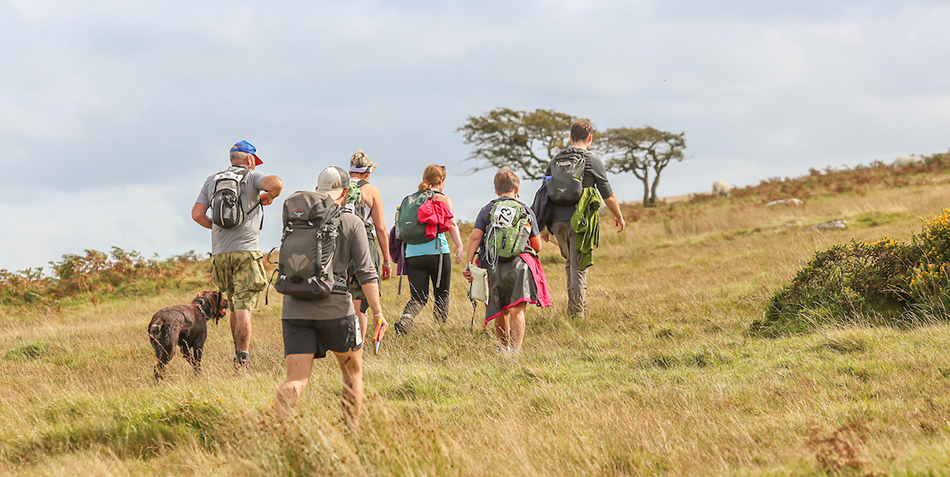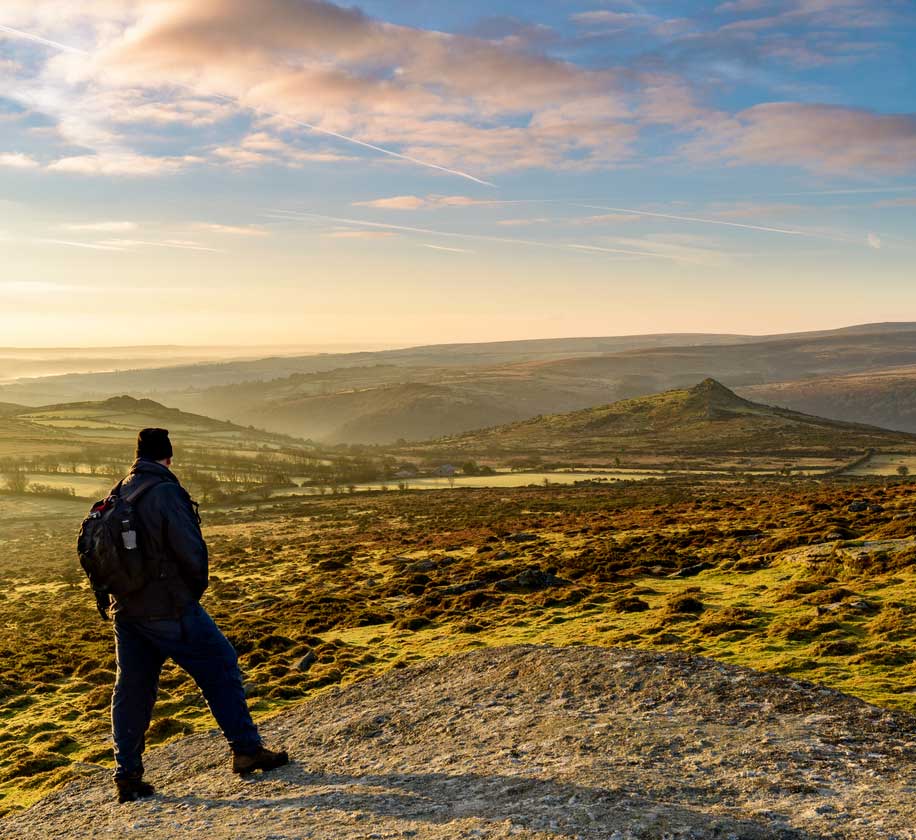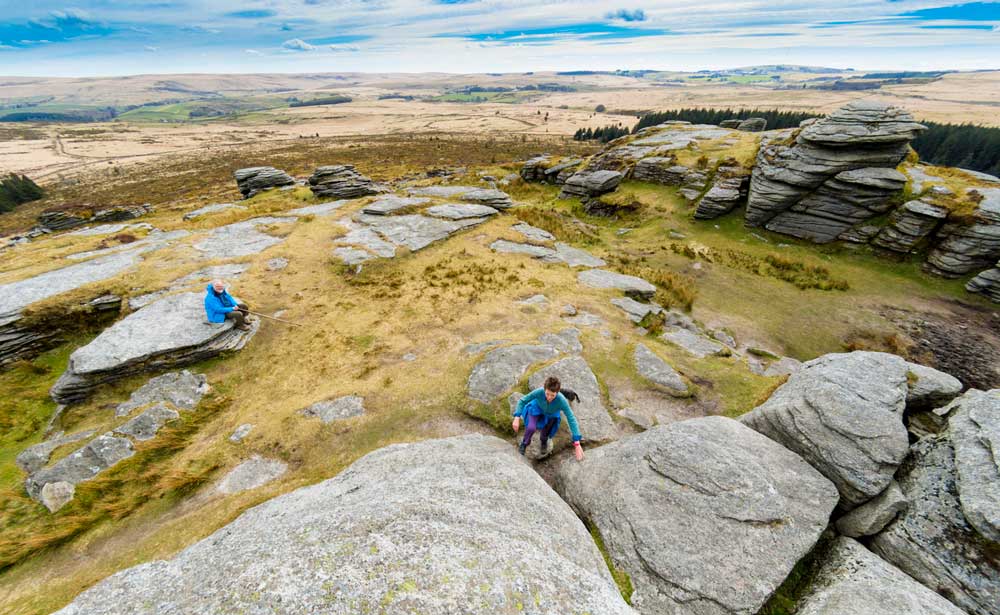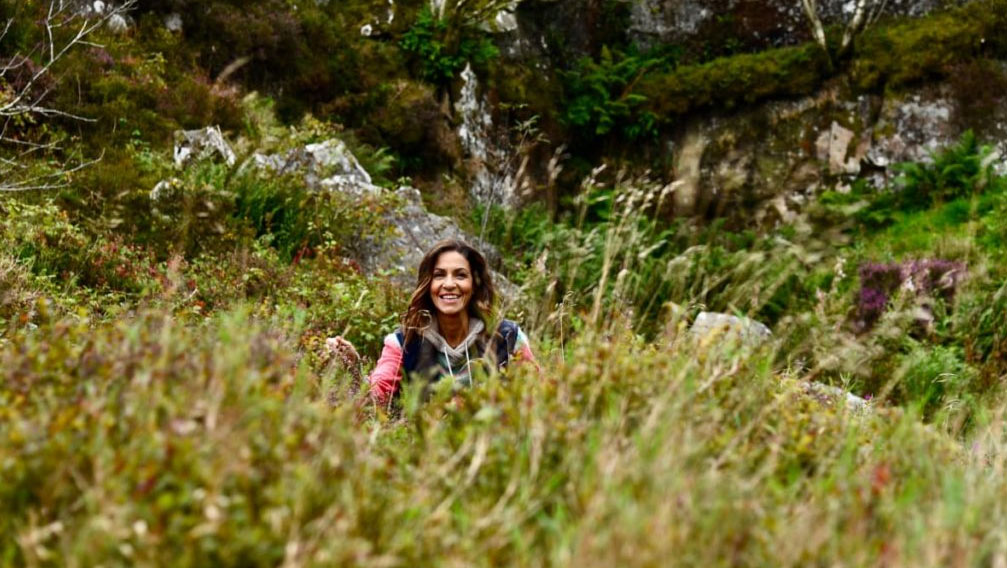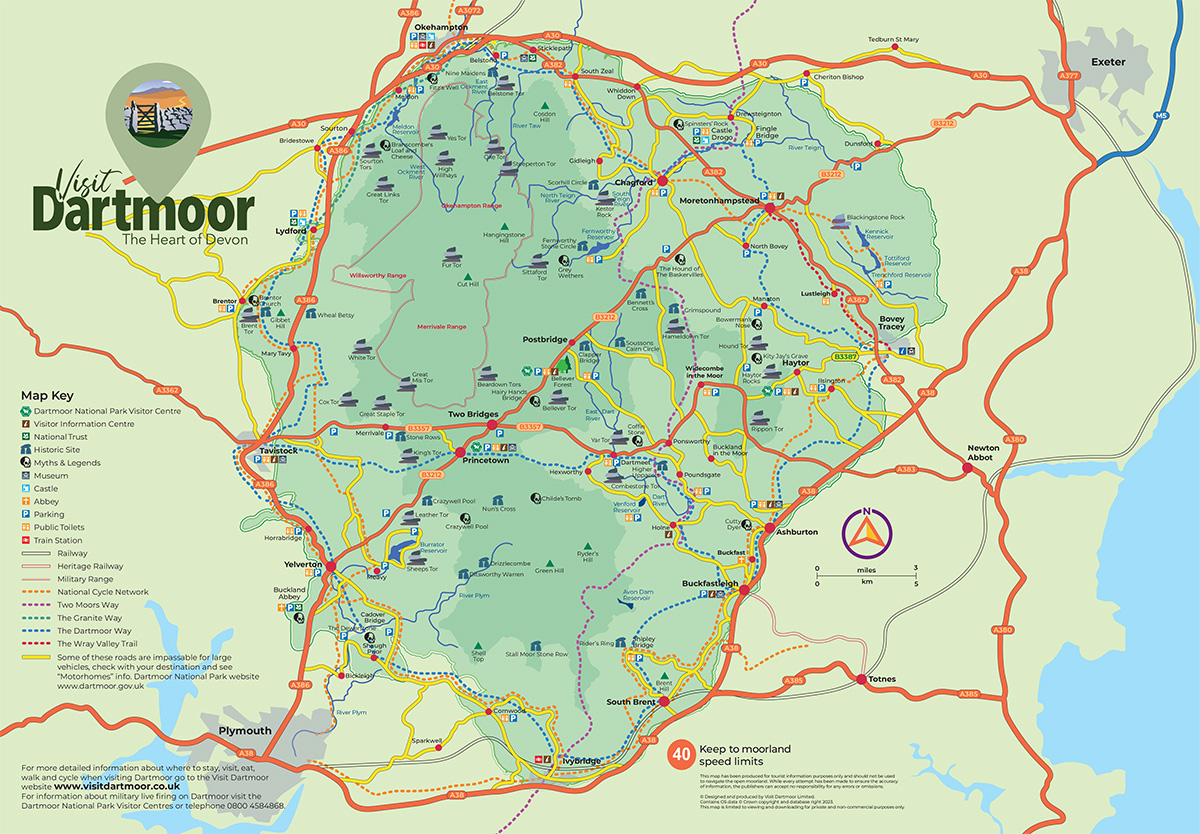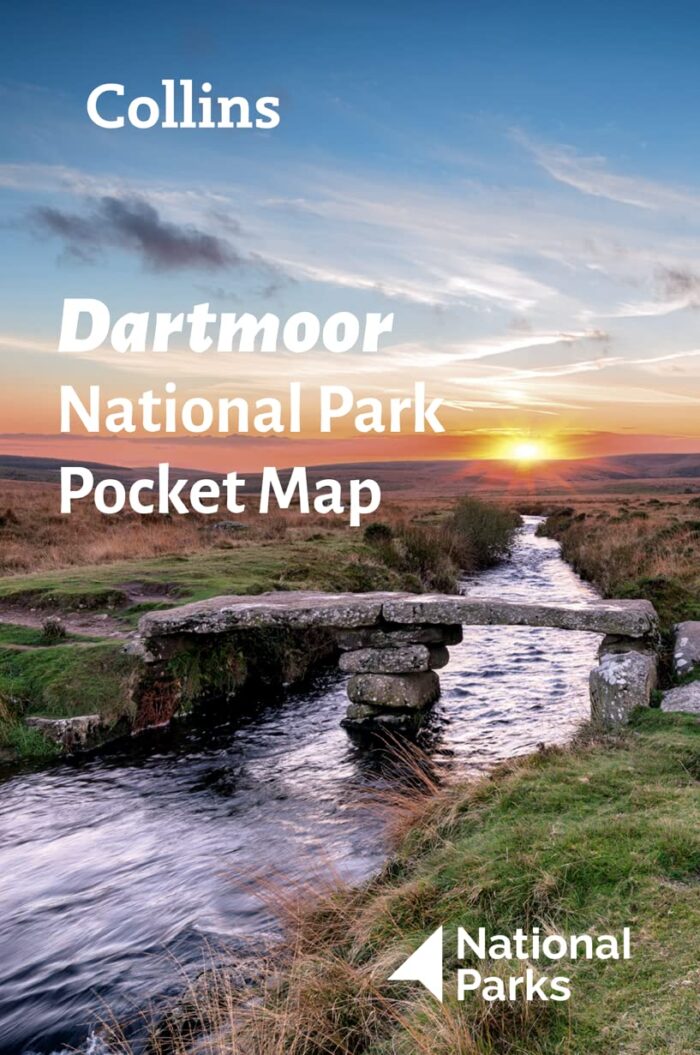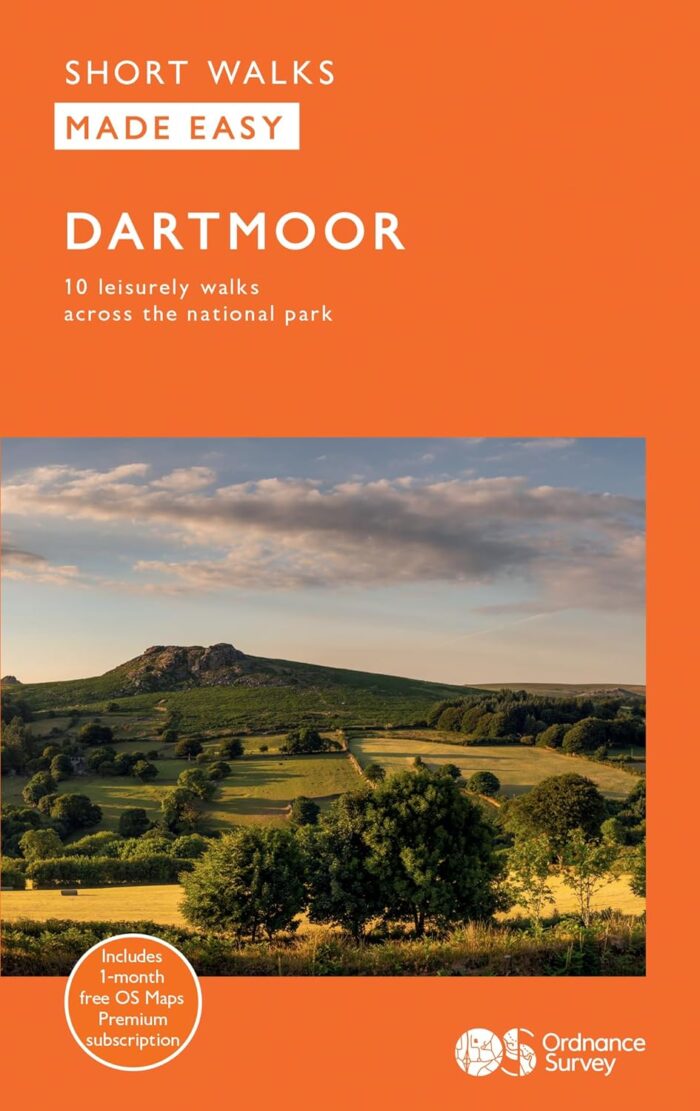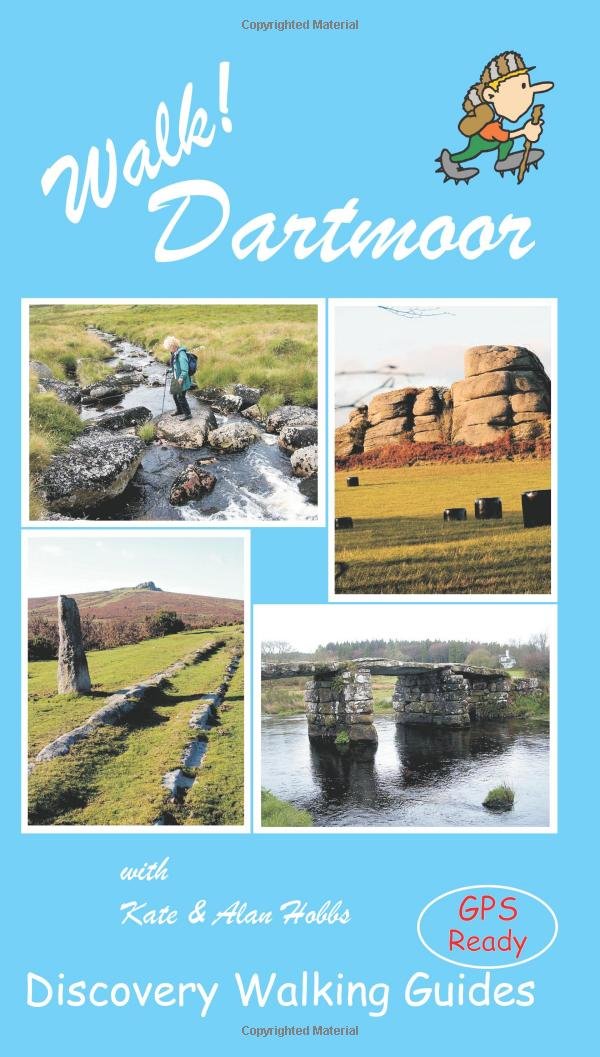Walking on Dartmoor
Explore the beauty of the moors
Walking on Dartmoor is a wonderful way to explore one of England’s most beautiful and rugged landscapes. Dartmoor National Park, located in Devon, offers a diverse range of terrain, including open moorland, deep valleys, granite tors, and ancient woodlands. Here are some things to keep in mind when walking on Dartmoor:
1. Planning: Before setting off on your walk, it’s essential to plan your route carefully. Dartmoor can be challenging to navigate, especially in poor weather conditions or when visibility is limited. Make sure to bring a map, compass, and/or a GPS device to help you stay on track. Familiarize yourself with the area and identify any potential hazards or steep terrain.
2. Clothing and Equipment: Dress appropriately for the weather conditions and wear sturdy, comfortable footwear. Dartmoor’s weather can change quickly, so it’s wise to bring waterproof clothing and extra layers, even if it seems sunny when you start your walk. Additionally, carry essential items such as a first aid kit, snacks, water, and a mobile phone for emergencies.
3. Respect the Environment: Dartmoor is an ecologically sensitive area, so it’s important to respect the environment and wildlife. Stick to marked paths and avoid trampling on delicate vegetation. If you’re walking with a dog, ensure it is kept under control and follow any specific guidelines for dogs in the area.
4. Safety: Dartmoor’s landscape can be deceptive, with hidden bogs and uneven ground. Take caution while walking and be mindful of potential hazards. It’s advisable to let someone know your planned route and estimated return time, especially if you’re embarking on longer or more remote walks.
5. Tors and Landmarks: Dartmoor is famous for its granite tors, which are rocky outcrops dotting the landscape. Some popular tors include Haytor, Hound Tor, and Great Staple Tor. These landmarks can provide excellent opportunities for photography and panoramic views.
6. Access and Rights of Way: Dartmoor has an extensive network of public footpaths, bridleways, and open access land. Familiarize yourself with the rights of way and any restrictions in place. It’s worth noting that some areas may have seasonal access restrictions due to farming activities or wildlife conservation.
7. Guided Walks and Tours: If you’re unfamiliar with Dartmoor or prefer to have a knowledgeable guide, consider joining a guided walk or tour. Local guides can provide valuable insights into the area’s history, geology, and wildlife, enhancing your overall experience. We have a list of qualified, experiences walking guides here – and also other tour guides here.
Remember, Dartmoor is a vast and diverse landscape, so there’s something for walkers of all abilities. Whether you’re looking for a leisurely stroll or a more challenging hike, take the time to plan ahead, stay safe, and enjoy the natural beauty that Dartmoor National Park has to offer.


